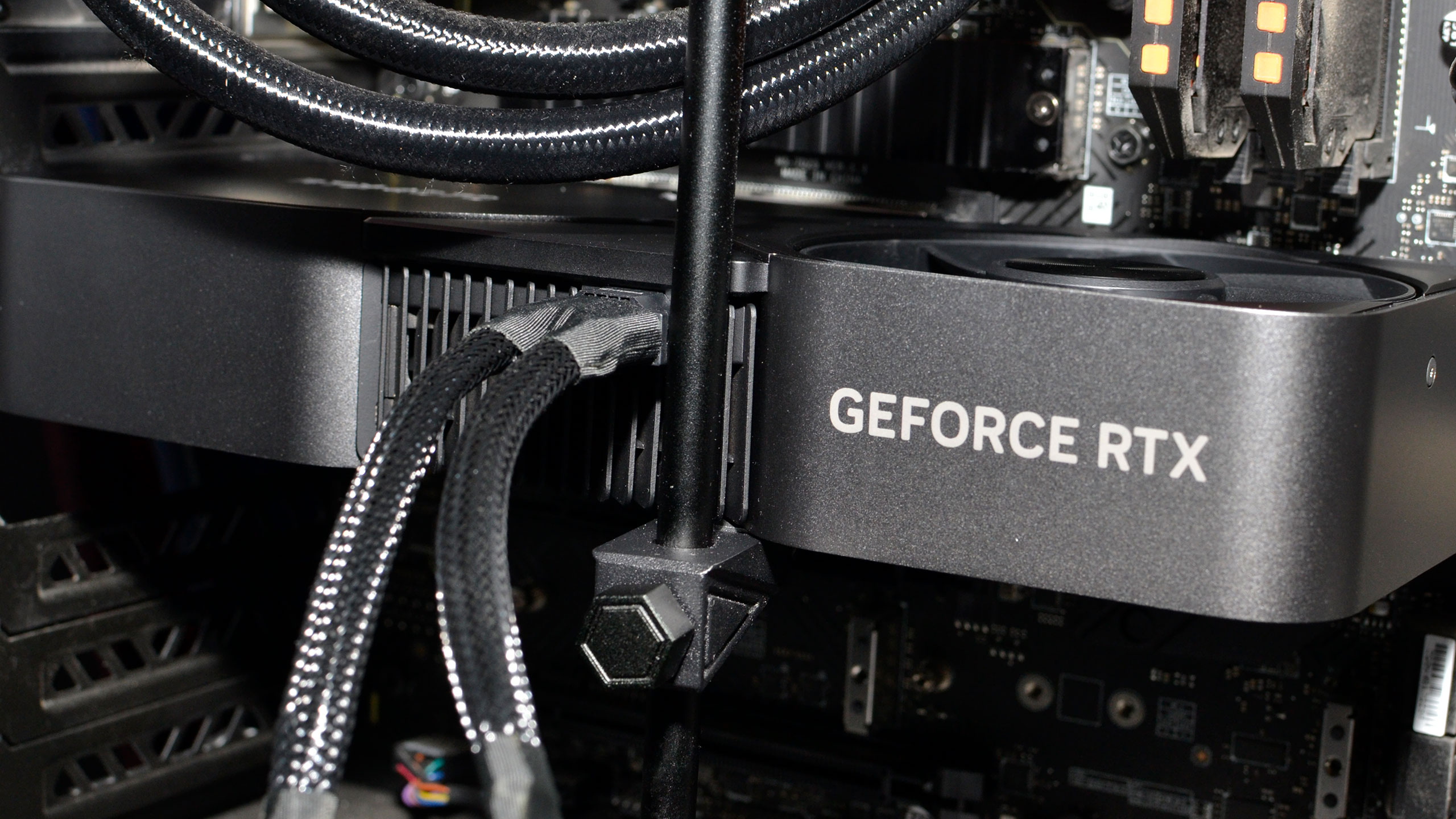Details on Nvidia’s Next-Gen Blackwell GPUs Appear to Have Leaked

Nvidia’s codenamed Blackwell family of graphics processors will contain five different GPUs and will lack a direct successor to Nvidia’s highly-successful AD104 chip, according to leaks by Chiphell and kopite7kimi (via VideoCardz). The information is unofficial and may be inaccurate, but if true, Nvidia will have to address market segments currently addressed by AD104 with two different GPUs.
Apparently, Nvidia’s Blackwell family of graphics processors contains five chips codenamed GB202, GB203, GB205, GB206, and GB207. Nvidia’s Ada Lovelace family released to date also contains five processors (AD102, AD103, AD104, AD106, AD107), just like the company’s Ampere lineup of GPUs (GA102, GA103, GA104, GA106, GA107) that still powers some of the best graphics cards. Meanwhile, Nvidia’s Turing family comprised of three members, whereas the Pascal lineup contained five GPUs.
It is unclear why Nvidia’s Blackwell family is said to feature GB200-series GPUs, but not GB100-series graphics processors. Typically, 200-series represents re-spinned GPUs.
Historically, Nvidia’s XXX04 served performance-mainstream segment of the market and contained 50% – 66% transistors of the top-of-the-range part. The gap between the high-end and the performance mainstream part was quite noticeable. To fill the gap between its GA102 and GA104 GPUs in the Ampere era, Nvidia introduced GA103 part and did the same with the Ada Lovelace family: there is the AD103 sitting between the AD102 and AD104.
While the now Nvidia’s lineup no longer has wide gaps, a cut-down AD103 would overlap with the full AD104, which means that Nvidia has to either throw away AD103 GPUs that have one or more defective streaming multiprocessors or even CUDA cores so as not to compete against AD104, or keep them and then use them quietly to substitute AD104, which means cutting them down substantially and not using the whole potential of AD103.
Apparently, the company wants to avoid such a situation in the future. As a result, its GB202 will keep addressing the highest-end of the market (e.g., GeForce RTX 5090, GeForce RTX 5090 Ti), its GB203 will address high-end and performance-mainstream segments (e.g., GeForce RTX 5080, GeForce RTX 5070 Ti, and GeForce RTX 5070), while GB105 will address mainstream part of the market (GeForce RTX 5060 Ti, GeForce RTX 5060). This will enable Nvidia to use all GB203 silicon that it has even with some defective SMs. Of course, we are speculating here.
Nvidia’s next-generation Blackwell GPUs are expected to hit the market in late 2024 or early 2025, so the company’s plans may change a lot between now and then. Therefore, take this information with a grain of salt for now.














